Nissan SR20DET Engine Conversion, Swap, Transplant
About My Car My car was a ’90 model CA18DET powered manual (actually, it was originally an auto, but I had already changed it to a manual) Nissan Silvia. I was very happy with the smoothness of the CA18DET engine, but it was getting tired and it was time to look at my options.
Choosing An Engine I was after more power and torque, so after looking at the options of a rebuild, SR20DET or RB25DET engine swap, I decided that the SR20DET was the best option, for strength, torque and power output. As well as this, it was the easiest engine swap of the options.
Then a particular SR20DET is to be decided upon. Originally I was thinking of getting an s14 engine, as S15 engines are still too expensive, and the S14 engine seemed better on paper than an S13 engine. But after considering the $1000 price difference in the two, I decided it was more worth my while to get a late model black top S13 SR20, and spend the extra $1000 + cash from selling the standard turbo, on a new Garrett GT turbo. That is what I did!
| Sourcing The Engine
First of all you will need to find yourself an SR20DET engine, loom, ECU, and gearbox. Best would be to get a full front cut though, as you are then assured to have everything that will be needed for the conversion, including the dash instrument cluster. I found a ’97 black top SR20DET manual front cut with 89,000km’s on the clock for $3500, which is pretty much the standard price you will pay for such an engine package.
|
|  The SR20DET before being removed from the front cut. |
Tools Required • A good socket set is a must
• A good set of spanners
• It would be extremely difficult to do the conversion without an engine crane.
Step 1 - Take Photos
First thing you should do when you have the front cut is to take as many photos of the engine bay as possible, from all angles. This will make connecting things up a lot easier at the other end of the job. Take photos of your existing engine bay also, so you can compare if you run into trouble later.
Best idea, unless you have a proper workshop and hoist is to lower the front cut onto some blocks or jacks or whatever, so you can work from the top and beneath the front cut to get the engine out.
Step 2 - Drain The Fluids, Disconnect Hoses
Make sure that all the fluids from the engine and gearbox are drained, as you do not want a pool of gearbox oil on your garage floor, I assure you!!
Start by disconnecting all the vacuum hoses, radiator hoses, intercooler piping and air box and piping, i.e., all the hoses!! Once these have been removed, proceed to remove the fan, shroud and radiator. You will need the radiator and shroud, as they are different to the CA18 radiator and shroud.
Step 3 - Aircon Pipes etc
It is then just a matter of disconnecting anything else that is stopping the engine from being pulled out of the car. Leave all of the support systems in place on the engine, i.e. the aircon compressor and the power steering pump, and simply disconnect the hoses that attach to them. Be careful to release the gas in the aircon pipes before undoing the bolts. Make sure you open the windows and doors in the garage when you do this, and maybe go get a drink, as you don’t really want to breathe in the gas too much!! If the clutch lines are attached, make sure you disconnect them also.
Step 4 - Interior (Sort Of)
Inside the car (well behind where the windscreen would be!) you will need to undo the small bolts holding the gearstick boot in place, take both of the boots off, and then remove the gearstick by squeezing the smaller C ring together.
Undo the 2 small bolts holding the ECU into place, and undo the loom bolt. Put the ECU somewhere safe. Now, disconnect the main loom from the dash loom then you will need to feed the loom back through into the engine bay. Not too difficult, just remove the rubber grommet, and then pull somewhat on the engine side, while your friend/sister/mum/dog or whoever is helping out, feeds it through from the other side.
Step 5 - The Engine Mounts
It is time to undo the engine mount bolts on either side. They are a little hard to reach, and you can either disconnect the mounts from the engine or the car from underneath, whichever is easiest.
Also note: when doing this step on your car, you will also need to disconnect the brace holding the tailshaft in the middle, so it may bend at the universal joint and fall out of the back of the gearbox when it is being removed.
You will need to undo the bolts holding the turbo to the dump pipe as well.
| Step 6 - Pull The SR20DET Engine Out
It is time to remove the engine. Put the engine crane into place with the chain around the engine, close to the middle, and wrap it quite tightly with little slack, as you do not want it to slip out when the gearbox pulls the back down.
Now lift the engine with the crane until the mounts have cleared, then move the engine forward slowly while lifting slowly. Keep careful watch on the power steering lines, as there is little clearance between the engine and these lines as it is being removed.
All going well you should have an engine, gearbox and loom sitting on your garage floor.
|
|  The SR20DET engine out of the car with the new turbo & manifold installed, waiting on a new clutch. |
The Car - CA18DET Powered S13 Nissan Silvia
Removal
Removing the engine from the car is basically the same as above, so follow the previous steps for this as well. It is also a good idea to drive the car up onto ramps so you can get underneath the car for what needs to be done under there. Things will also be a lot easier if the bonnet it taken off, so just undo the two bolts on each side that are securing it.
| The Engine
Now that the SR20DET is out of the car, now is the time to install any engine mods, i.e. if you are going for more power, it is definitely a good idea to install a high performance clutch now. Or if a new manifold or turbo is to be added it is definitely worth doing it now while the engine is out, as it is a lot harder and more time consuming attempting this with the engine in the car.
|
|  The CA18DET out of the car. |
The Clutch
Installing the clutch is straightforward, just unbolt the bellhousing bolts, and disconnect the speedo and reverse wires. The gearbox will then pull off. Simply unbolt the old pressure plate and pull it and the clutch off. When installing the new clutch and pressure plate, line the clutch up into the center as best as possible (needs to be near perfect). Then simply line the spline up and push the gearbox in. We found that it was easiest to push the gearbox on as far as it would go, then screw in a few of the bellhousing bolts and tighten these to get it in the remaining distance. (It is important that the clutch was aligned correctly otherwise the spline may be damaged).
Installation
The engine and gearbox should be together with any engine mods installed. Installation is basically the reverse of the removal.
Things to Note
• The radiator is different; one of the pipes is on the opposite side.
• The fan shroud is also different, as the fan is in a different position on the engine.
• Unless you are willing to change the whole power steering system, you will have to modify the SR20 power steering pump bracket to be able to use the CA18 pump, and the inlets and outlets are different, and the way the system works is also somewhat different. But a bit of convincing with the angle grinder, and a weld on the bracket will make it fit just fine.
• I had to modify one of the aircon hoses as well to change the angle at which it attached to the pump, as it seemed to be opposite to the CA18.
• If you attached a different turbo, a new inlet pipe from the air filter to the turbo may need to be fabricated.
Wiring As this engine was from a Nissan 180sx (which have pop-up headlights) and going into a Nissan Silvia, there is some extra wiring which is not needed. In fact, there is an extra fuse/relay box on the Nissan 180sx loom. It is not quite as simple as just ignoring one box though, as the fuses are split up between the two boxes. So don’t be dismayed when you have a number of plugs left over and not connected to anything! Just follow the wires from the boxes on the Nissan 180sx loom, and plug them into the corresponding positions in the Nissan Silvia where they fit!!
Inside the cabin, the ECU loom simply plugs into the dash loom. I swapped the instrument cluster with the newer cluster from the Nissan 180sx, so I am unsure if any changes need to be made if you retain the original instrument cluster.
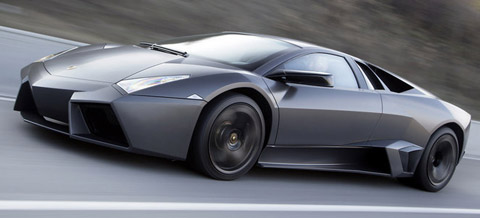
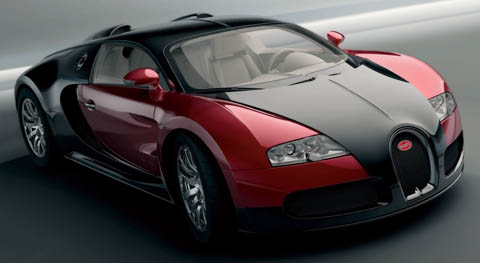
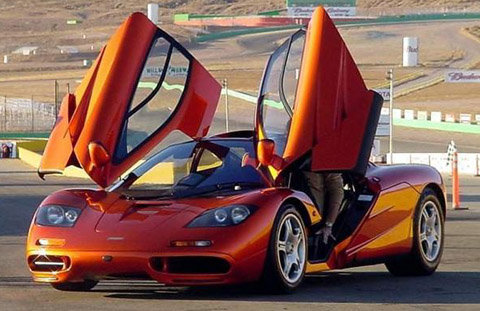
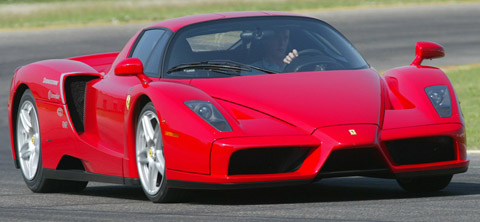
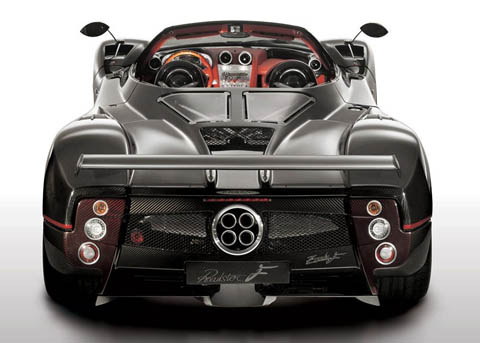
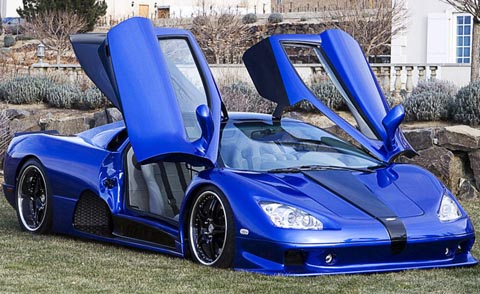
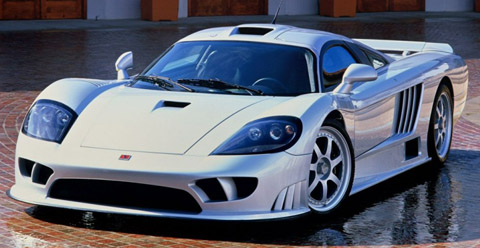
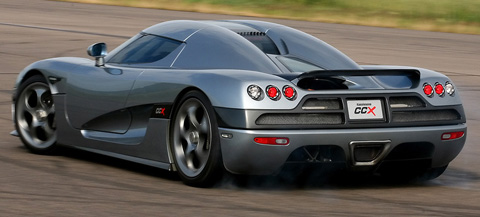
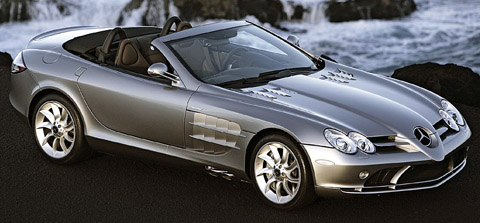
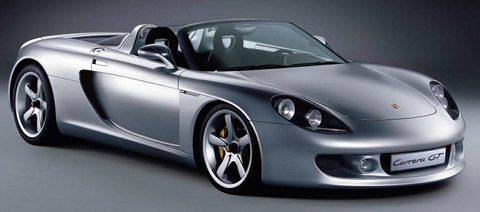
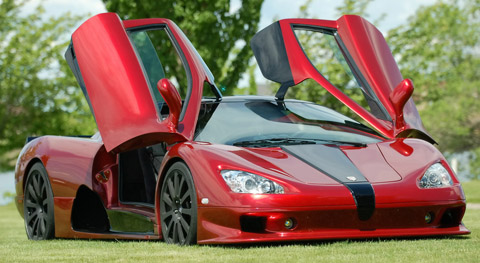
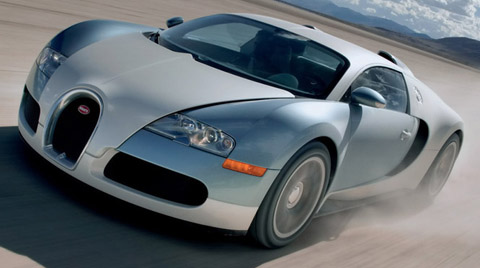
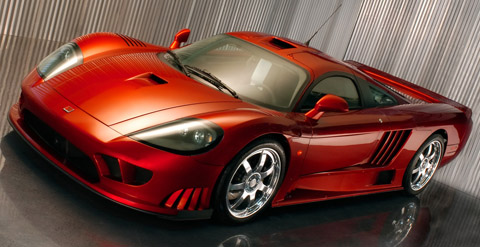
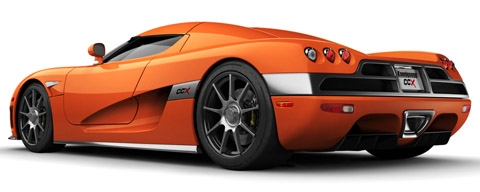
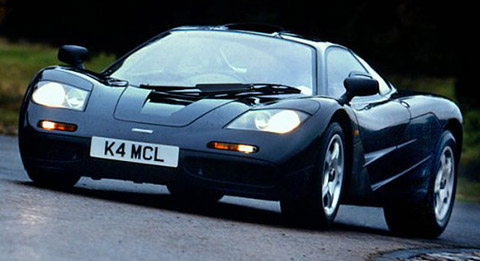
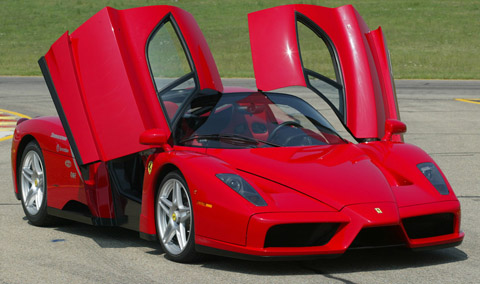
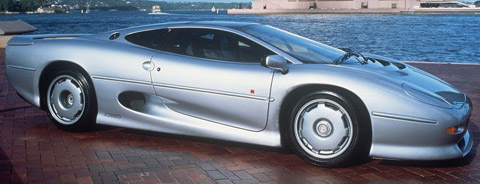
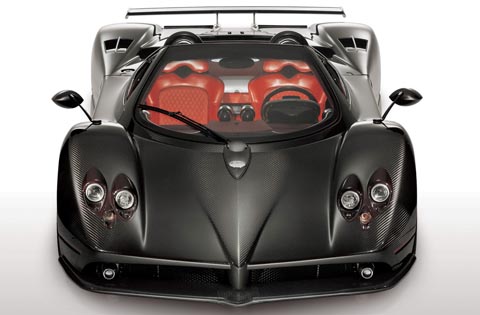
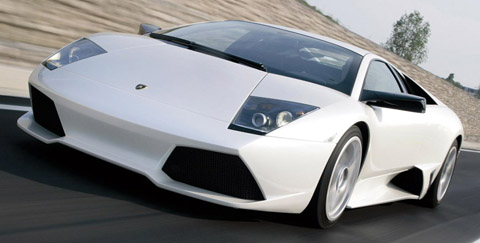
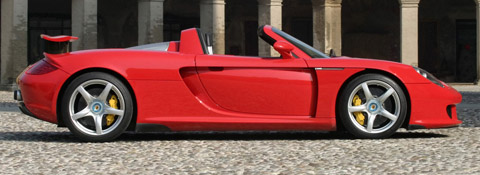
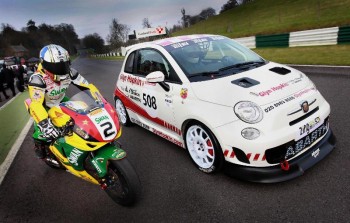


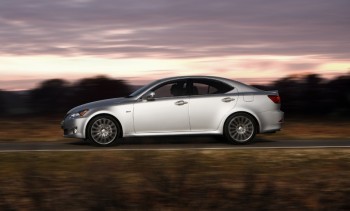



 The SR20DET before being removed from the front cut.
The SR20DET before being removed from the front cut.
























